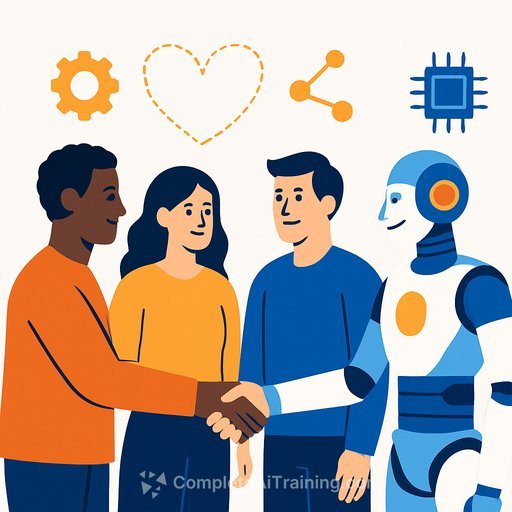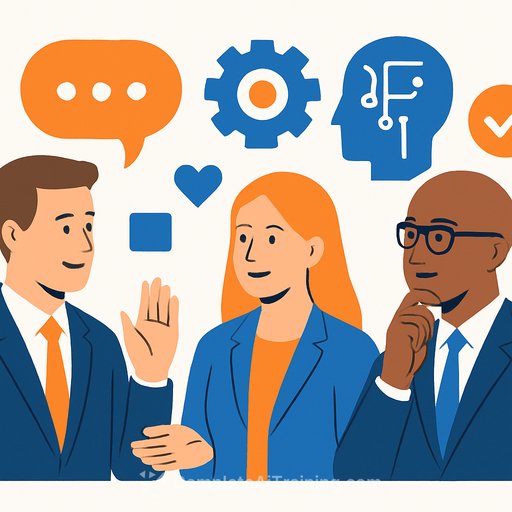Digital transformation success starts with the human element
AI and data are changing how HR operates. The advantage goes to teams that use technology to deepen connection, not replace it.
Leaders from Gallagher and Sleep Country Canada made this clear: the future of work belongs to organizations that pair smart systems with empathy, clarity, and trust.
Tech is the amplifier, not the answer
Sleep Country Canada moved from outdated systems to an AI-enabled HCM that maps the organization, surfaces demographics, and highlights high-potential talent fast. The real work started after the dashboards lit up.
Data suggested an aging sales force, which could trigger a succession push. Instead, the team looked beyond averages. Experienced, commission-based talent carried deep knowledge that drove results, so the company redeployed expertise strategically rather than default to hiring younger profiles.
Change that respects people wins
At Gallagher, Lynne Gallacher's team guided a global consumer goods client through a finance transformation-from transactional work to a strategic advisory role. New tools set the stage, but the shift worked because the story centered on employees.
The project named the hard stuff early: uncertainty, fear, and skepticism. That honesty created buy-in. Even as adoption grew, Gallacher noted that roughly 40% of employees remained reluctant or concerned-proof that AI adoption follows a familiar change curve and needs ongoing, human-centered support.
Communication is the operating system
Gallacher emphasized clarity on AI's role: jobs aren't being replaced; work is being supported so people can add more value. No vague promises. Clear definitions, transparent intent, and repeated proofs.
Susan Tang, vice president and pay equity lead at Gallagher, put it plainly: communication is not a memo, it's a function. Organizations invest months in designing comp, benefits, and pension updates-then lose momentum in rollout because leaders and employees don't know what changed, why it matters, or how to use it.
Managers carry the message. Equip them. If they don't understand and can't translate the change, adoption stalls and trust erodes.
Mindset before mechanics
Before launching tools, build a culture that supports experimentation and learning. Leaders may be eager; many employees are not. Meet people where they are.
The pace of work keeps rising-like a treadmill with more speed and incline. The counterweight is trust, frequent updates, and real investment in change support. Overcommunicate and bake change management into every decision.
Practical playbook for HR
- Clarify the promise of AI: remove low-value tasks so people can focus on advisory work, creativity, and relationships.
- Read beyond the averages: pair workforce analytics with context from leaders and high performers before making talent calls.
- Name the fear early: run listening sessions, Q&A forums, and anonymous feedback loops. Close the loop with visible action.
- Build a manager enablement kit: core messages, talk tracks, FAQs, before/after workflows, and a simple escalation path.
- Set a communication cadence: weekly updates at launch, then biweekly. Keep messages short, visual, and tied to outcomes.
- Measure sentiment and adoption: track opt-in, usage, time saved, and employee confidence. Share wins and blockers openly.
- Upskill the team: provide short, role-based learning paths for HR, managers, and team leads. For curated options by job role, see Complete AI Training.
- Use a proven change model: apply a simple framework like ADKAR to move individuals from awareness to reinforcement.
The future is human
As Lynn Feldman of Sleep Country Canada put it, we now have more accessible data than ever. The win comes from pairing that data with care for the people behind it.
Prioritize connection. Lead with clarity. Treat communication as a system, not a task. Do that, and AI becomes a force multiplier for trust, performance, and meaningful work.
Your membership also unlocks:






